What Is an EcoBoost Engine? How Does It Work?
-
Pete Ortiz
- Last updated:
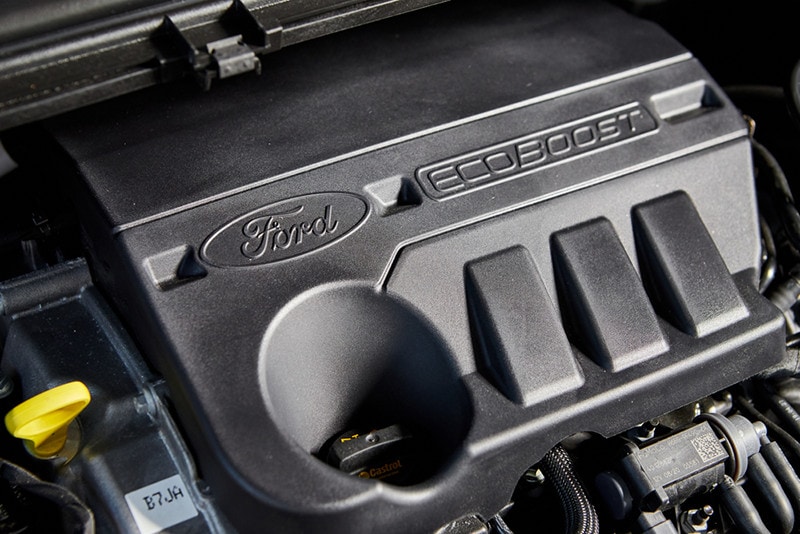
The road transport industry contributes more than 15% of greenhouse gasses emitted globally thanks to their ability to convert hydrocarbons into pollutants effectively. This problem has been under the radar for several decades because nobody held the industry responsible. But this has long changed. Consumers are not only looking for efficient engines but also those that are less devastating to the environment.
Ford’s EcoBoost is the answer to this. The engine is a perfect marriage between eco-friendliness and fuel economy.
EcoBoost is a series of turbocharged and direct injection engines co-developed by Ford and FEV North America Inc. The gasoline engine adds over 125 patents to Ford’s growing list of 4,500+ active and pending patents. It consistently delivers power and torque equal to that of a large displacement engine while accelerating fuel efficiency by 30% and decelerating greenhouse gas emissions by over 10%. Thus, it is truly amazing to spend time understanding how the engine works, its variants, pros, and cons.
How Does EcoBoost Work?
If you are driving some of the popular Ford models assembled from 2012, chances are you are using the EcoBoost. EcoBoost production and assembly started in 2009 around Europe and the USA. It quickly stepped up to over half a million vehicles annually in 2012. By the end of 2013, Ford had committed itself to ensure almost 90% of its fleet in North America and other parts of the world had an EcoBoost under the hood.
The company has so far delivered on what it had promised.
Cruising around more sustainably and paying less at the pump incentivizes reasons why we should study how the EcoBoost works in great detail.
EcoBoost Is a Turbocharged Engine
Ford’s EcoBoost turbos are induction devices powered by the flow of exhaust gasses that compress and force more air into the combustion cylinder. The turbo-fitted vehicle is a growing trend, and almost 30% of cars and trucks have them.
Availing more air (oxygen) in the cylinder boosts combustion power, thus increasing horsepower. Furthermore, this is good for fuel economy – by increasing air, one of the two variables required in energy production, fuel intake will automatically reduce.
Direct Fuel Injection
Direct fuel injection is a fuel delivery system that squirts gasoline directly into the combustion chamber. EcoBoost owners using this system have more control over the amount of fuel being consumed to the extent of lowering or stepping up engine output even at high rpm.
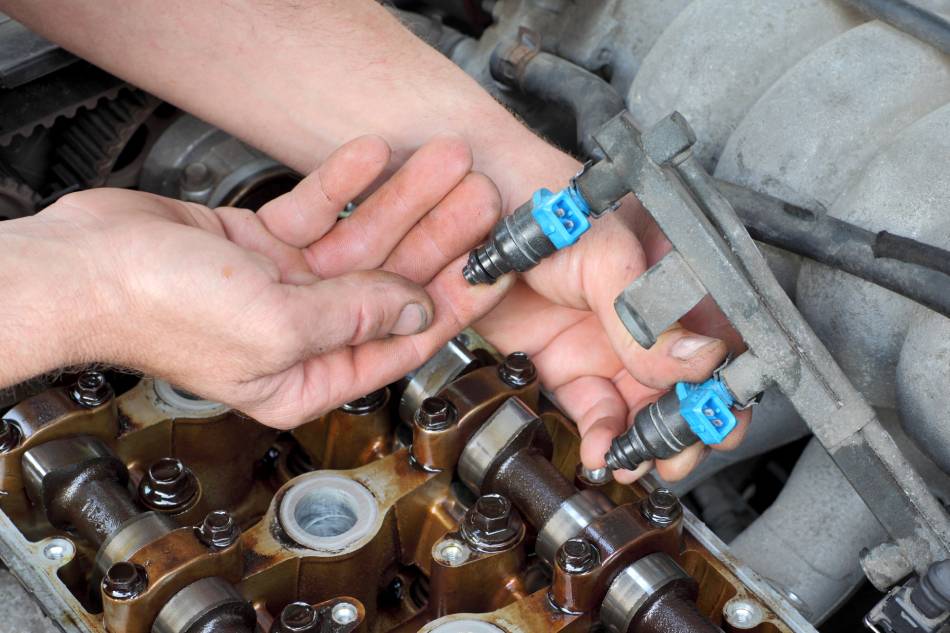
Variable Camshaft Timing (VCT) Technology
VCT is Ford’s in-house technology electronically regulates hydraulic valves to control high-pressure oil flow through the camshaft phaser or actuator cavity. When conditions are favorable, the system adjusts engine valve timing.
Though in a few EcoBoosts, an advanced version of VCT known as Twin Independent Variable Camshaft Timing (Ti-VCT) exists. The Ti-VCT controls the intake and exhaust camshaft independently, giving you more leverage over power output compared to traditional VCTs.
Irrespective of these advancements, the VCT is an accomplished system with the end results being optimized performance.
Water Cooled
A water-cooled engine has a radiator, pipes, and a water pump that draws heat away from the engine and conducts it into the environment. Inside the pipes is a liquid coolant containing water and antifreeze in 1:1.
All water-cooled EcoBoost engines are designed through casting with a veining system concentrating around cylinders. The coolant flows through these hollows to absorb heat. It then flows into the radiator to dump off its load before circulating back into the engine.
With the water-cooling function, the engine operates at a stable temperature.
Typically, fuel will be sprayed in the cylinder, air drawn in through the intake valves, and the piston will then compress it before the spark plug sets on the combustion process. The resulting explosion will push back the piston to rotate the crankshaft. Combusted gasses squeeze through the exhaust valves and set a new cycle in motion.
What Are the Different Types of EcoBoost?
Inline Three-Cylinder Ecoboost
Displacing between 1.0 and 1.5L, the turbocharged engine delivered a remarkable 125 horsepower.
Ford engineers equipped it with a split cooling system and a variable belt timing function. The split system heats up the cooling liquid much faster by bypassing the cylinder block during a cold start phase. This reduces friction and clouds of exhaust gasses produced during the ignition.
In contrast, the variable belt timing not only optimizes gas flow through the combustion chamber at any speed but also enables the scavenging process. This process replaces exhaust gasses with the fresh air-fuel mixture by opening the intake and exhaust valves simultaneously.
The three-cylinder has several variants that evolved through different generations.
The first generation, 1.0L Fox, came in two versions, each capable of reaching 4,500 rpm and providing up to 150 lb.-ft but in slightly different sizes.
The 1.5L Dragon is another variation of the engine released in 2017 with rpm of between 4,000 and ,6000 to churn out 210 horsepower and 210 lb.-ft at highest and lowest rpm, respectively.
Inline Four-Cylinder
Also known as EcoBoost I4 engines, Ford released four versions (1.5L, 1.6L, 2.0L, and 2.3L) of inline four-cylinder to boast a displacement of between 1.5 to 2.3L.
The smallest, a downsized version of the 1.6L, is the 1.5L engine. The downsizing came to light after Chinese authorities revised tax law and imposed more tariffs on 1.5L+ vehicles.
Compared to the old 1.6L engine, the new 1.5L has updated features such as a computer-controlled water pump clutch to decrease warm-up time and produce more than 180 horsepower.
Unveiled in 2009, the 1.6L EcoBoost served Ford, Lincoln, and Volvo cars. The engine has a maximum horsepower of 192, although the 160 horsepower versions are available in Ford Mondeo.
In 2013 and 2014, Ford recalled over 360,000 cars with the 1.6L engine after over 29 reports were filed in the USA and Canada that they caught fire due to failing cooling systems.
Assembled from 2010 to 2015, the 2.0L engine was widely used in Ford Explorer SUVs. It is the first engine to be equipped with Ti-VCT to reliably meet the rated power output of 275 horsepower and torque of 280 lb.-ft.
Small updates were done to produce a 2.0L Twin-Scroll engine which has a slightly higher compression ratio of 10.1:1 vs. 9.3:1. It delivers low-end torque and can tow around 3,500lb in Ford Edge and Escape.
Lastly, the 2.3 L debuted in the 2015 Ford Mustang with various outputs ranging from 270 to 345 horsepower, 3,000 to 6,000 pm, and 305 to 350 lb.-ft of torque.
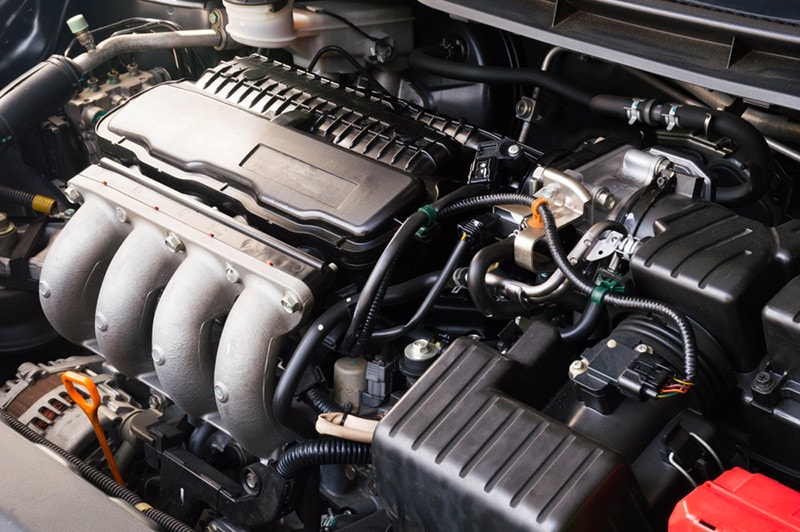
V-Type Six-Cylinder
This is the largest class of EcoBoost engines introduced in 2015, along with F-150 trucks. The smallest in the class is the 2.7L Nano engine delivering 325 horsepower and 375 lb.-ft.
The largest is the 3.0L Nano, a derivative of the 2.7L built exclusively for the Lincoln luxury lineup, Ford Bronco, and Explorer.
Where Is the EcoBoost Engine Used?
The EcoBoost engine is mostly in Ford compact cars, SUVs, F-150 trucks, and Volvo vehicles produced before Ford sold their shares to Geenly and Ford’s branch Lincoln.
1.6L replaced 1.6 L Duratec units to race in the British Formula Ford Championship. In the past, they were also used in a few seasons in the World Safari Rally inside Ford Fiesta.
Sports car enthusiasts can find a bigger 2.3L EcoBoost in Mustangs.
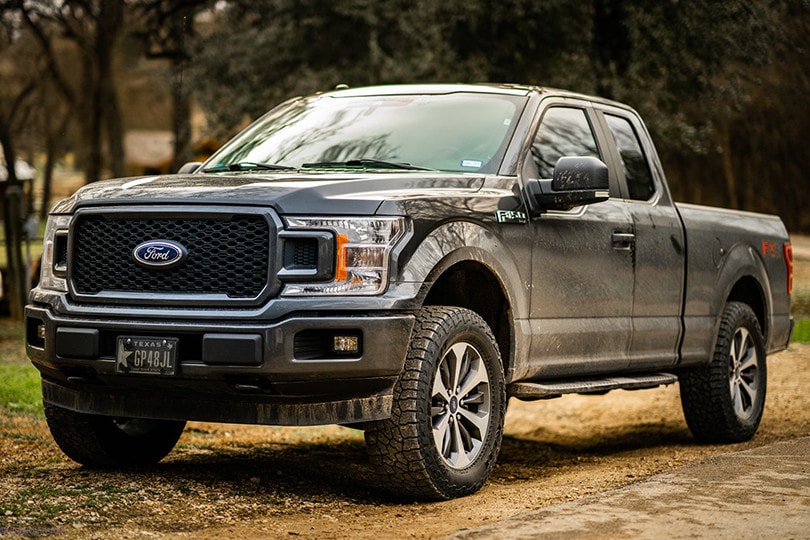
Advantages of an EcoBoost Engine
Good Performance
EcoBoost engines perform incredibly well; for instance, the 3.0L Nano delivers over 550 horsepower and 595 lb-ft of torque. This impressive power output means your car can pick up and hit very high speeds quickly while towing or carrying a heavy load. Unlike other engines whose torque curve peaks at 4,500 RPM, an EcoBoost engine peaks at only 2,500 RPM.
Turbocharging and Direct Fuel Injection Technologies
Most EcoBoost engines combine both turbocharging and direct fuel injection technologies. This combo has proven to reduce carbon emissions by 15% and improve fuel economy by 20%. Incorporates Twin Independent Variable Cam Timing (Ti-VCT) technology
Another technology used in EcoBoost engines is Ti-VCT. This feature allows the camshafts to regulate the movement of the intake and exhaust valves independently. Advantageously, the unique invention improves power output.
Ultra-Efficient
EcoBoost engines are very efficient because of their size and weight. The engine is compact and made by casting aluminum. Aluminum blocks are light and reduce the amount of power used to carry them compared to cast iron.
In addition, the engine is coated with an anti-friction coating. The coating prevents some parts from losing energy to friction.
MHEV Models
EcoBoost engines have models that were recently modernized to Mild Hybrid Electric Vehicle (MHEV). The engine is fitted with an electric generator that can turn the engine off when the car is braking, coasting, or stopping. The electric generator can also restart the engine whenever power is needed to run the vehicle. Besides that, MHEV engines enable the vehicle to recover and conserve energy through methods like regenerative braking. What a cool way to cruise around!
Disadvantages of an EcoBoost Engine
Coolant Leaks
Some drivers report that EcoBoost coolants often leak out of the cooling system, especially in 2.0L engines. Other than requiring frequent topping and risking overheating when the coolant drops below an unacceptable level, it may corrode and subsequently damage sensitive engine parts.
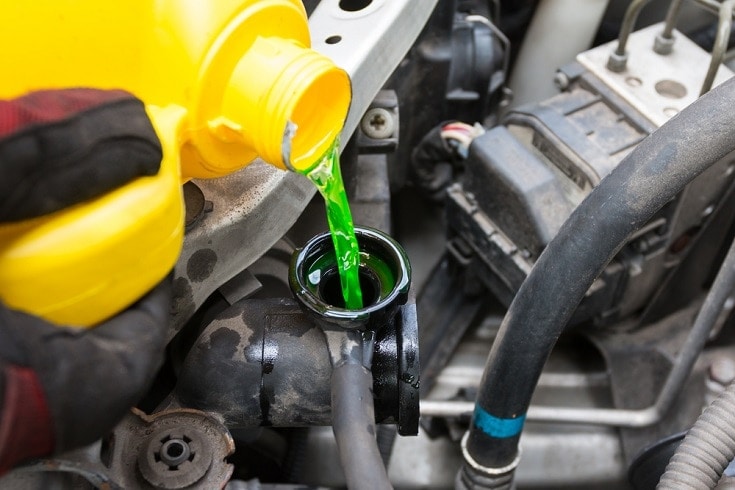
Low-Pressure Fuel Pump
A fuel pump must operate within the required parameter to push gasoline from the engine to the pump. If it drops, the engine idles roughly, the piston misfires, and the car is not responsive to acceleration.
Older 2.0L EcoBoost engines suffer from this problem.
Carbon Buildup in the Cylinder Gasket
All direct injection engines are prone to carbon buildup in and around the intake valve. EcoBoost being one of them, has a lot of carbon buildup around each pair of intake valves reducing performance by restricting air intake.
Frequently clean the intake valve with a special solvent to reduce the soot.
Mass Recalls
Over its existence, there have been numerous recalls of EcoBoost. We have highlighted some of the causes, such as the risk to fire after 1.0 and 1.6L engines overheat.
But generally, recalls are a sign that there are major defects in the product’s design.
 FAQs
FAQs
Where Are Ecoboost Engines Produced?
Ford produces EcoBoosts mostly in North America and Europe. Some of its production facilities include Cleveland Engine Plant No. 1 in Brook Park, Ohio, Almussafes south of Valencia, Spain, Bridgend plant, Wales, and one of the largest facilities, Michigan Assembly Plant.
Will Ford Continue Producing Ecoboost Engines?
Ford will continue with the production of EcoBoost in its plant around the world. This engine is one of their main eco-friendly powerhouses, and so, instead of dropping them down, Ford continues to upgrade with new features.
However, do not confuse EcoSport, a 1.0L engine that Ford discontinued in mid-2020 due to costly upgrades with EcoBoost.
Conclusion
EcoBoost is Ford’s main powerhouse in standard cars, SUVs, and trucks, whose production began in 2009. Most of the engine’s components and technologies, such as Ti-VCT, are patented and are the main reason why the engine reduces emission by over 10% and increases efficiency by 30%.
From 2010 to the present, EcoBoost has been modified and upgraded according to the number of cylinders. The smallest engine in this class is the 1.0L Fox, and the largest is the 3.0 Nano. In spite of size differences, each class of EcoBoost is well adapted to today’s tricky terrain.
See also:
- https://www.carblogindia.com/ford-ecosport-ecoboost-engine-discontinued/
- https://unfccc.int/news/global-car-industry-must-shift-to-low-carbon-to-survive-cdp
- https://en.wikipedia.org/wiki/Ford_EcoBoost_engine
- https://www.motortrend.com/news/turbocharged-engines-popular-ever/
- https://www.wikimotors.org/what-is-a-water-cooled-engine.htm
- https://www.theglobeandmail.com/report-on-business/ford-recalls-570000-vehicles-for-engine-fire-risk-door-latch-trouble/article34471584/
Featured Image Credit: BONDART PHOTOGRAPHY, Shutterstock
Contents


